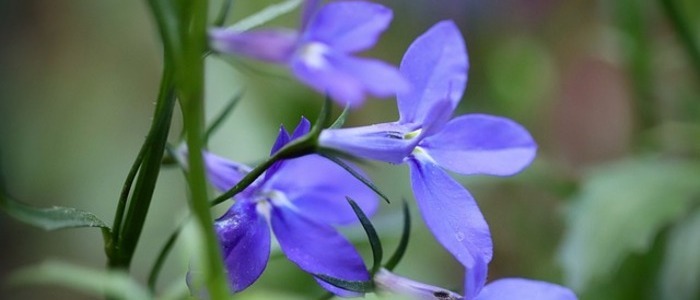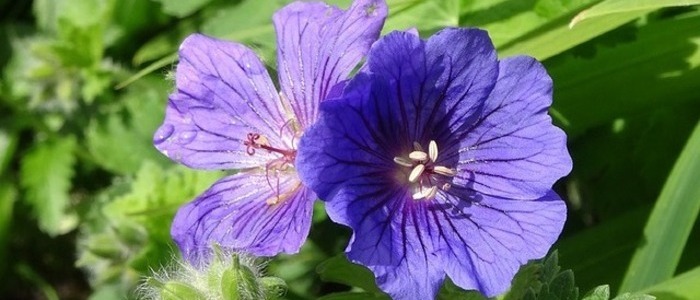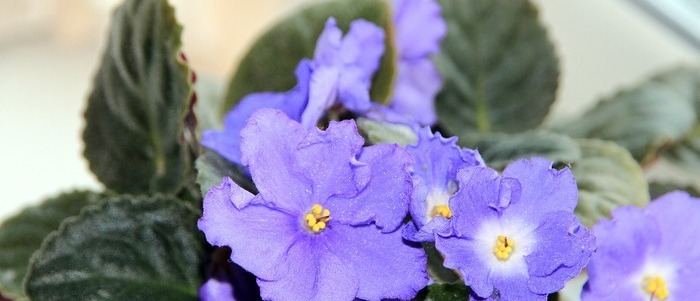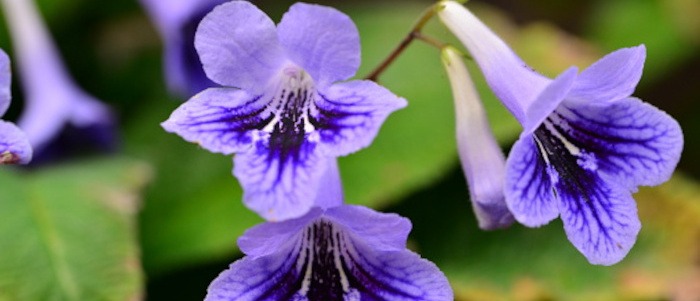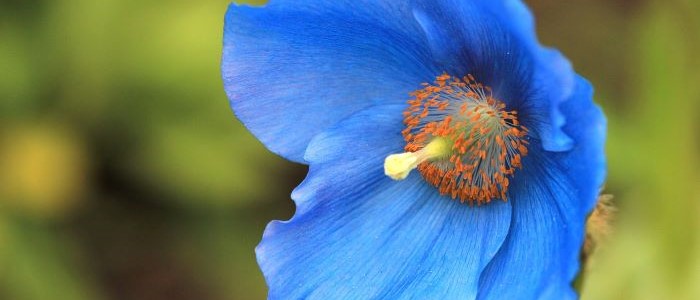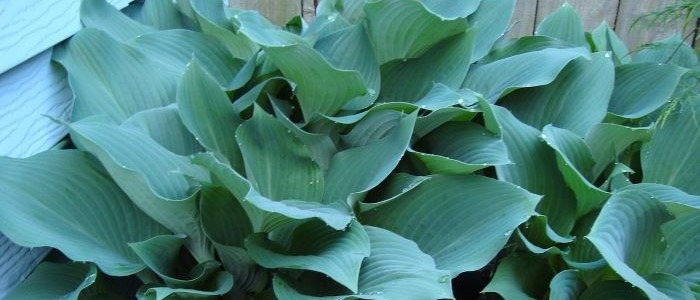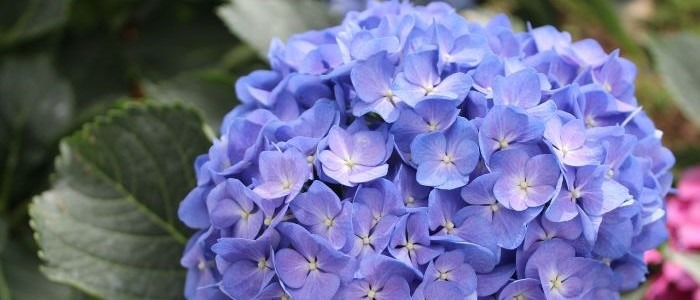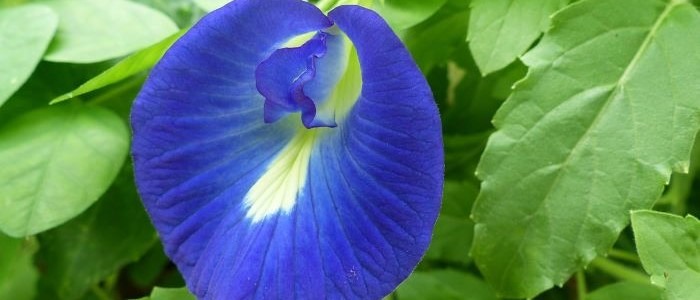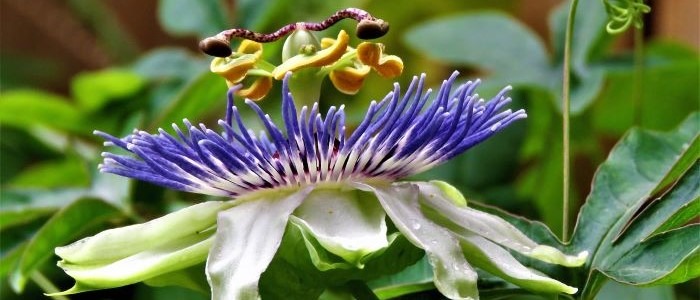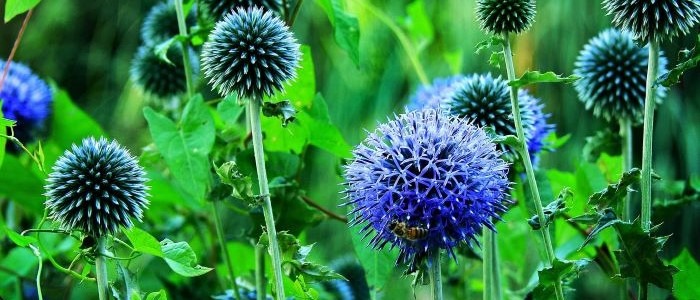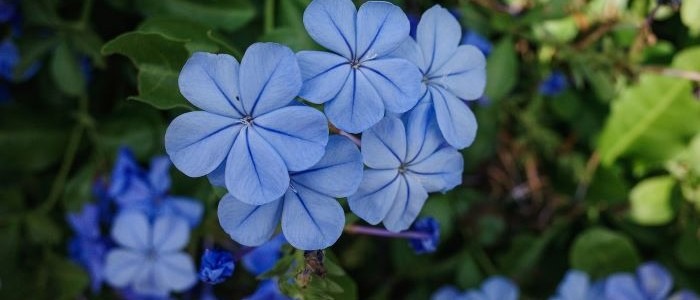Are you thinking about adding a blue rose of Sharon plant (Hibiscus syriacus) to your garden? If you it really will be a wonderful addition to your home garden. This beautiful flowering shrub will definitely add a splash of color to your landscape. In addition to these facts, the blue rose of Sharon is also easy to care for and can tolerate a range of soil types and conditions.
With its long blooming period, you can enjoy its stunning blooms throughout the summer months. Consider adding this plant to your garden, for it is an amazing, low-maintenance choice that will provide you with beautiful blooms year after year.
Another great thing about the blue rose of Sharon is that it is a hardy plant that can withstand a variety of weather conditions. Whether you live in a hot, dry climate or a cooler, wetter one, this plant can thrive. Additionally, the blue rose of Sharon is a relatively fast-growing shrub, which means that you won’t have to wait long to see the results of your efforts.
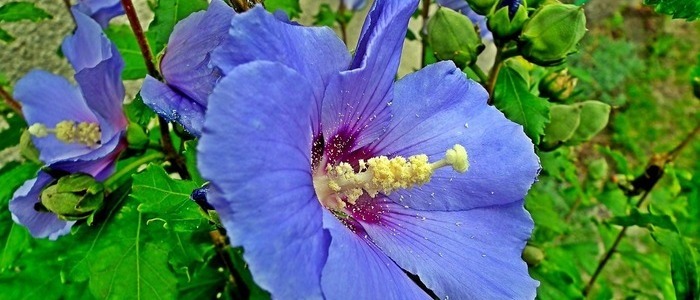
Blue Rose of Sharon Frequently Asked Questions
How do you prune blue rose of Sharon?
Pruning blue rose of Sharon is essential to maintain its shape and promote healthy growth. The best time to prune is in late winter or early spring before new growth begins. Start by removing any dead or damaged branches, cutting them back to healthy wood. Then, shape the plant by cutting back the tips of branches to promote bushiness and encourage more blooms.
what are some of the pests that affect rose of Sharon plant?
The Rose of Sharon can be susceptible to several pests, including aphids, spider mites, and Japanese beetles. Regular monitoring and early intervention can help prevent these pests from causing significant harm to your Rose of Sharon plant.
Blue Rose of Sharon Plant Care
Taking care of the blue rose of Sharon plant is essential for your plant to thrive and produce beautiful blooms throughout the growing season.
Here are five (5) ways to care for the blue rose of Sharon plant:
1. Watering: Blue rose of Sharon plants require regular watering, especially during hot and dry weather. It is important to keep the soil moist but not waterlogged.
2. Fertilizing: Apply a slow-release fertilizer to the soil around the plant in early spring. This will provide nutrients for the plant throughout the growing season.
3. Pruning: Prune the plant in late winter or early spring before new growth appears. Remove any dead or damaged branches, as well as any branches that are crossing or rubbing against each other.
4. Mulching: Apply a layer of mulch around the base of the plant to help retain moisture in the soil and suppress weed growth.
5. Pest control: Keep an eye out for common pests such as aphids and spider mites, and treat as necessary with insecticidal soap or neem oil.
By following these care tips, you can ensure that your blue rose of Sharon plant thrives and produces beautiful blooms year after year.
Propagation of the Blue Rose of Sharon Plant
Propagation of the blue rose of Sharon plant can be done through several methods such as stem cuttings, layering, plant division, and seed propagation. Each method has its own advantages and disadvantages, and the success rate may vary depending on various factors such as the time of year, the health of the parent plant, and the environment. It is important to research and choose the best method for your specific situation to ensure the best chance of success. Here is a detailed look at these methods:
1. Stem cuttings: This is perhaps the number one method for propagating the Rose of Sharon plant. To do this, select a healthy stem with a few leaves and cut it at a 45-degree angle. Remove the leaves from the bottom half of the stem and dip the cut end in the rooting hormone. Plant the stem in moist potting soil and keep it in a warm, bright location. In a few weeks, roots should begin to form, and the new plant can be transplanted into a larger pot or outside in the garden.
2. Another method of propagation is through layering, where a low-growing stem is bent down and covered with soil until it develops roots and can be separated from the parent plant. This method can take longer than stem cuttings but can be a good option for plants with a more sprawling growth habit.
3. Division of plant is the third method of propagation being discussed this method can be used for older, more established plants. This involves digging up the plant and separating it into smaller sections, each with its own roots and shoots. These sections can then be replanted in new locations or pots.
4. Propagation by seedlings is also possible, but it may take longer and require more patience. To do this, collect seeds from the parent plant and plant them in a seed-starting mix. Keep the soil moist and in a warm, bright location until the seedlings emerge. Once they are large enough, they can be transplanted into larger pots or outside in the garden.
Overall, there are several effective methods for propagating the rose of Sharon plant, Each method has its own advantages and can be used depending on the plant’s growth habit and age. These propagation methods can lead to the growth of new, healthy plants that can be enjoyed for years to come.
Pruning the Blue Rose of Sharon Plant
Pruning is a must-do practice for maintaining the health and beauty of the blue rose of Sharon plants. In this article, we examine five reasons why pruning is important for the blue rose of Sharon.
1. Promotes new growth: Pruning stimulates the growth of new shoots and branches, which can help to make the plant look fuller and more attractive.
2. Controls size: Blue rose of Sharon plants can grow quite large, so pruning is necessary to keep them at a manageable size. This is especially important if you have limited space in your garden.
3. Removes dead or diseased branches: Pruning allows you to remove any dead or diseased branches, which can help to prevent the spread of disease and improve the overall health of the plant.
4. Increases flowering: By removing old or spent blooms, pruning can encourage the plant to produce more flowers, resulting in a more vibrant and colorful display.
5. Shapes the plant: Pruning can be used to shape the plant and create a more aesthetically pleasing appearance.
This is particularly important if you are using the blue rose of Sharon as a focal point in your garden. Overall, pruning is a crucial aspect of the blue rose of Sharon.
Common Problems Found in the Blue Rose of Sharon
Keeping a watchful eye out for pests and other common problems that can adversely affect the health and hardiness of your blue rose of Sharon plants is paramount. Here are three common problems that can harm the blue rose of Sharon. By being aware of these issues and taking proactive measures to prevent and address them, you can ensure the longevity and beauty of your blue rose of Sharon plants.
The first problem to watch out for is powdery mildew, a fungal disease that appears as a white, powdery coating on leaves and stems. This can weaken the plant and lead to defoliation if left untreated. To prevent powdery mildew, make sure your plants have good air circulation and are not overcrowded. Additionally, avoid watering the leaves and instead water at the base of the plant. If powdery mildew does appear, treat it with a fungicide spray or a homemade solution of baking soda and water.
Secondly, blue rose of Sharon plants are susceptible to aphids, small insects that feed on the sap of the plant. These pests can cause leaves to curl and distort, and can also transmit diseases. To prevent aphids, regularly inspect your plants and remove any infested leaves or branches. You can also introduce natural predators, such as ladybugs or lacewings, to control aphid populations.
Thirdly, blue rose of Sharon plants can suffer from root rot if they are planted in poorly draining soil. To prevent root rot, make sure the soil is well-draining and avoid overwatering. If you suspect your plant has root rot, remove it from the soil and trim any affected roots before replanting in fresh, well-draining soil.
By following these tips, you can help ensure that your blue rose of Sharon plants stays healthy and beautiful.
.
Conclusion
In conclusion, most gardeners are thrilled to have blue rose of Sharon plants in their gardens. Mostly because their vibrant blue flowers add a splash of color, but also because they are easy to care for and attract pollinators, With their ability to thrive in a variety of soil types and climates, blue rose of Sharon plants are a great addition to any garden.
Other Blue House Plants
